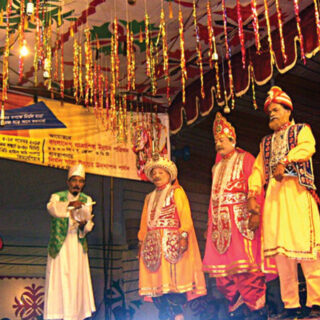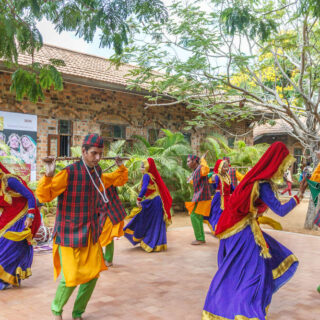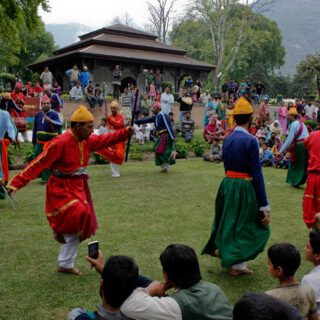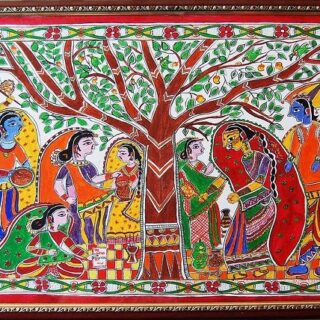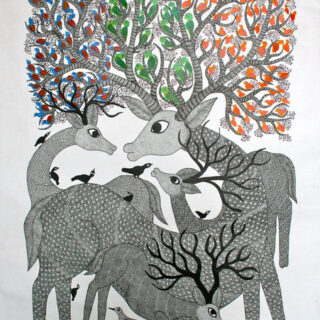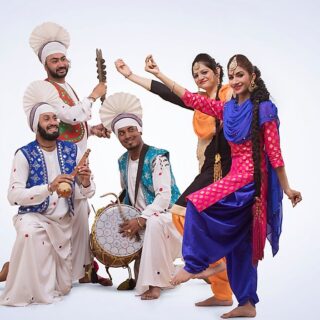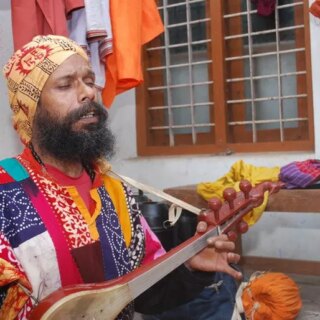Folk Theatre of India: Koothu
The term Koothu refers to two performing arts viz. Terukuttu and Kattaikkuttu. In contemporary times, the two terms have an interchangeable usage. However, in medieval times, the two terms referred to two entirely different dramatics art forms. Kattaikkuttu consists of performances that take place overnight at a stationary fixed place. Terukuttu often refers to mobile and non-stationary performances that usually take place in a procession.



